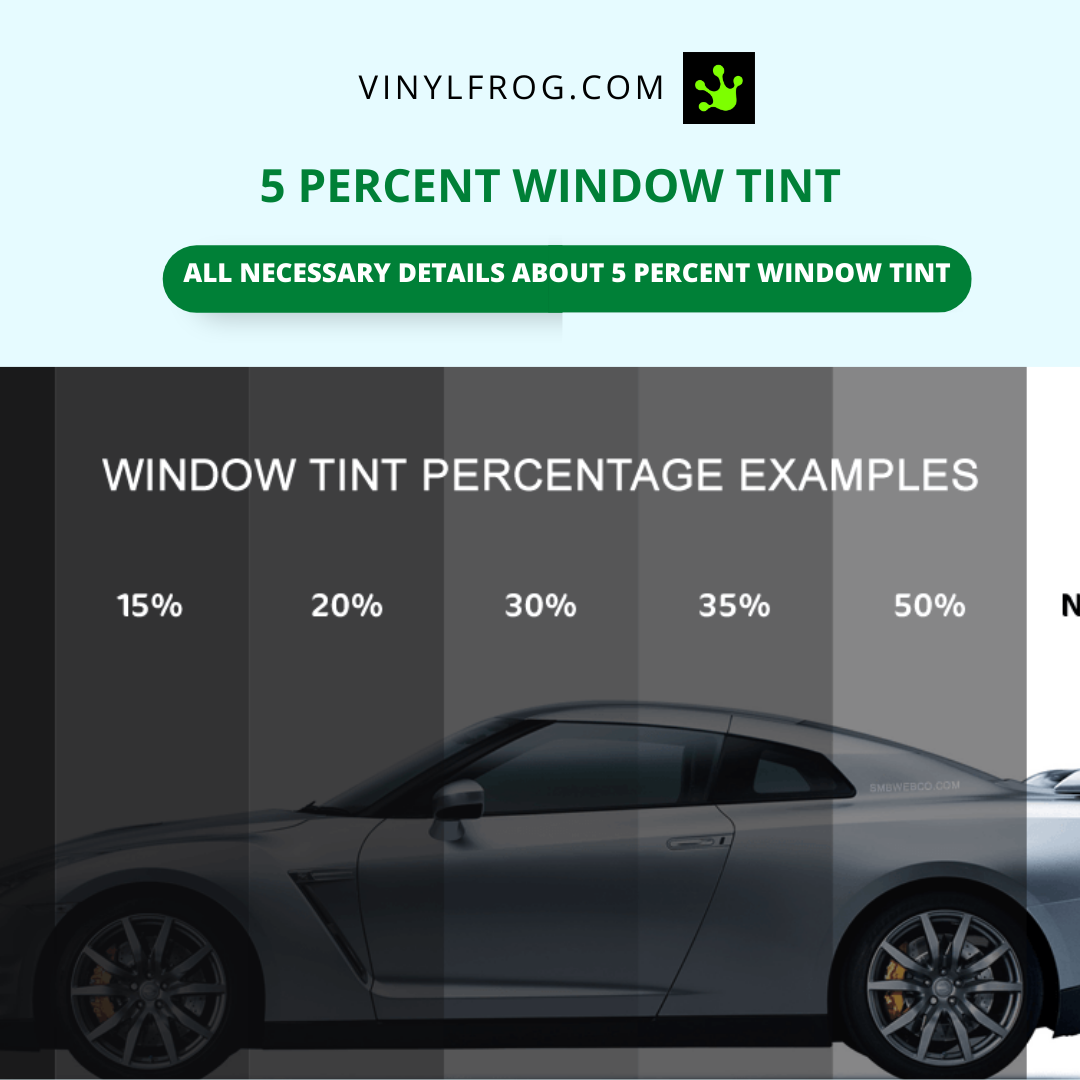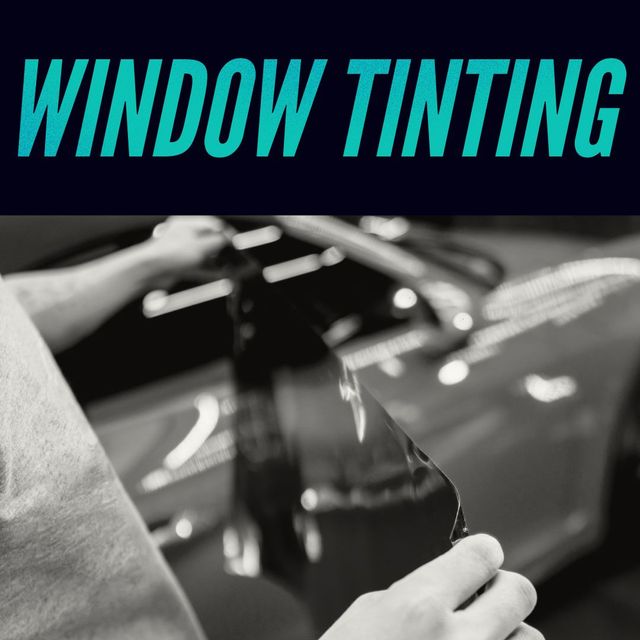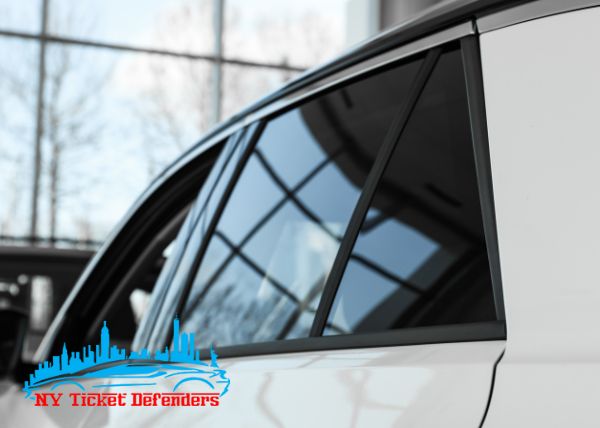Home Window Tinting Laws and Guidelines: What You Need to Know Before Tinting Your Vehicle
Prior to continuing with window tinting for your automobile, it is vital to acquaint yourself with the varied laws and standards that regulate this method across various states. These policies dictate the permissible degrees of tint darkness, usually determined by noticeable light transmission (VLT) percents, and consist of certain specifications for front windshields intended at ensuring roadway security.
Overview of Home Window Tinting Regulations
Window tinting legislations are often based on variation throughout various territories, mirroring regional regulations and safety factors to consider. These laws dictate the allowable degrees of tint darkness and reflectiveness on automobile windows, guaranteeing that drivers maintain appropriate exposure while likewise shielding against damaging UV rays and heat.
The majority of policies categorize home window tinting based on the Visible Light Transmission (VLT) portion, which shows the quantity of light that can travel through the window. Usually, lower VLT portions represent darker colors. Regulations commonly differentiate between the front, side, and back windows, with stricter limitations put on the front windshield to boost safety for both the chauffeur and other road users.
Compliance with window tinting guidelines is vital, as infractions can result in penalties, mandatory elimination of the color, and potential increases in insurance coverage costs. It is essential for lorry owners to acquaint themselves with regional laws before continuing with home window tinting installations.
State-by-State Color Laws
Understanding the specific home window tinting laws in each state is important for car owners looking for to adhere to the regulation. Each state in the united state has developed its own set of guidelines controling home window tinting, which can differ considerably. These guidelines frequently dictate the permitted levels of color darkness, the types of windows that can be tinted, and any type of medical exemptions that might apply.
As an example, states like The golden state have rigid limitations on color darkness for front windows, while others, such as New Mexico, may permit darker colors. Furthermore, particular states mandate certain presence percents for different home windows, including the windscreen, front side home windows, and back home windows. It is essential for car proprietors to familiarize themselves with their state's regulations to avoid potential fines or charges.
Furthermore, some states might require a certification sticker label to be positioned on colored home windows, showing compliance with state legislations. Failure to stick to these regulations not only risks lawful consequences but can also impact safety and security and exposure while driving. As a result, lorry owners must perform detailed research study or speak with regional authorities to guarantee full understanding and compliance with state-by-state tint regulations.
Allowed Tint Levels and Kinds
Several lorry proprietors may be shocked to discover that allowed color degrees and kinds vary commonly across various states. Each state has actually developed its very own regulations regarding the acceptable darkness and reflectivity of window color, typically gauged by Visible Light Transmission (VLT) percents. VLT describes the amount of light that can travel through the tinted home windows; hence, a lower percentage shows a darker tint.

Moreover, the sorts of tint products permitted can differ, with some states forbiding metallic or mirror-like surfaces. It is crucial for lorry owners to acquaint themselves with their state's particular legislations to ensure compliance. Non-compliance can lead to fines, mandatory removal of the color, or other lawful effects, making it imperative to comprehend these guidelines before waging installment.
Medical Exceptions for Tinting
While not all states offer allowances for medical exemptions relating to home window tinting, those that do acknowledge the necessity for specific individuals to improve visibility and convenience because of medical conditions. Different medical conditions, such as lupus, skin cancer cells, and particular eye disorders, can provide individuals particularly sensitive to sunlight. These individuals might need darker colors to safeguard themselves from unsafe UV rays and glare.

It is essential to note that also with a clinical exception, anchor there may still be limitations on the degree of color enabled. Compliance with state legislations ensures that individuals are both safeguarded and within lawful limits. Those taking into consideration clinical exceptions ought to call their neighborhood Department of Motor Autos or equal authority to recognize the needs and procedures required to request an exemption successfully.
Penalties for Non-Compliance
Failing to follow home window tinting regulations can lead to considerable fines, which differ by state. Regulation enforcement companies are empowered to release citations for lorries that do not abide by the defined tinting policies. These penalties usually consist of fines, which can vary from small amounts to several hundred dollars, depending on the intensity of the infraction Bonuses and the state in concern.
In some jurisdictions, duplicated offenses might result in escalating penalties or added fines, such as mandatory court appearances. Non-compliance may necessitate the removal of illegal tinting, frequently at the proprietor's expenditure. In extreme situations, regular culprits may deal with suspension of their lorry registration up until conformity is achieved.
Furthermore, insurance effects may develop from obtaining numerous citations for home window color infractions. Insurance companies may check out such violations as an indicator of riskier behavior, possibly resulting in raised premiums or trouble in coverage.
To prevent these fines, it is critical for car proprietors to familiarize themselves with their local home window tinting regulations and guarantee that their vehicle complies (Window Tinting). This proactive technique not only prevents legal ramifications yet additionally advertises roadway safety and security
Conclusion

Many regulations categorize window tinting based on the Visible Light Transmission (VLT) percent, which suggests the quantity of light that can pass through the home window. Conformity with window look at this now tinting laws is vital, as offenses can result in penalties, required elimination of the color, and prospective rises in insurance policy premiums.Understanding the details home window tinting laws in each state is essential for automobile owners seeking to conform with the legislation. These guidelines often determine the permitted levels of tint darkness, the kinds of windows that can be tinted, and any kind of medical exceptions that may use.
For circumstances, states like The golden state have rigorous restrictions on tint darkness for front windows, while others, such as New Mexico, may permit darker tints.
Comments on “Car Window Tinting: Resilient Defense for Your Vehicle's Windows”